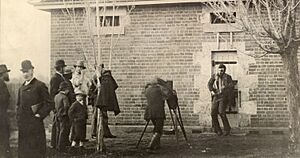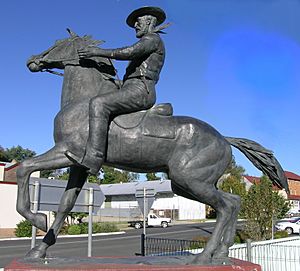Bushranger facts for kids

A bushranger was a thief who lived in the Australian bush. Bushrangers often stole expensive things from banks or coaches. There were more than 2000 bushrangers during Australia's past. Most were simply criminals and thieves. A few bushrangers became famous and were seen as heroes. They are part of a long history that has men such as Robin Hood and Dick Turpin in England, or Jesse James and Billy the Kid in the US.
Contents
History
The word "bushranger" was first used in Australia in 1805. It described three men who had stopped a cart near Sydney. Then, the word was used for criminals who attacked people on the roads or in the bush (the Australian countryside away from towns).
The first bushrangers were escaped convicts. One of the last bushrangers was Ned Kelly who was captured in 1880.
1788 to 1840s: Criminals who escaped
Criminals who escaped stole things from farms far away and people walking on the roads. Sometimes they sold the stolen things to other free settlers.
John "Black" Caesar was the first bushranger. He ran away from Sydney Cove many times before he was shot dead in 1796.
Bold Jack Donahue appeared in newspapers around 1827 for bushranging on the road between Sydney and Windsor. In the 1830s he was seen as the worst bushranger in the colony. Leading a gang of escaped criminals, Donahue became an important person in Australian folklore as the Wild Colonial Boy.
Bushranging happened all over Australia, but Van Diemen's Land (later known as Tasmania) produced the most violent and serious bushrangers. Hundreds of criminals were at large in the bush, farms were given up, and the army was brought in to try and capture the bushrangers. Indigenous Australian bushranger Musquito led attacks on settlers.
1850s: gold rush era
The bushrangers were busiest during the Gold Rush years of the 1850s and 1860s. Gold can be easily carried and also it can easily be turned into cash. The goldfields were in remote places and there were not very many police to guard the gold.
George Melville was killed by hanging in front of many people for stealing from the McIvor gold escort near Castlemaine in 1853.
1860s to 1870s
Bushranging numbers grew in New South Wales with the rise of the colonial-born sons of poor, often ex-convict farmers, who wanted a more exciting life than mining or farming.
Much of the bushranging in these years was in the Lachlan Valley, around Forbes, Yass and Cowra.
Frank Gardiner, John Gilbert and Ben Hall led the most notorious gangs of the period. Other active bushrangers included Dan Morgan, based around the Murray River, and Captain Thunderbolt, killed outside Uralla, New South Wales.
1880s to 1900s
The increasing push of settlement, increased police efficiency, better rail transport and communications, such as telegraphy, made it increasingly difficult for bushrangers to evade capture.
Among the last bushrangers was the Kelly Gang led by Ned Kelly, who were captured at Glenrowan, Victoria in 1880, two years after they were outlawed.
In 1900 the Governor Brothers scared many people in the north of New South Wales.
Public perception
In Australia, bushrangers often attract public sympathy. Some bushrangers, most notably Ned Kelly in his Jerilderie letter, and in his final raid on Glenrowan, explicitly represented themselves as political rebels. Attitudes to Kelly, by far the most well-known bushranger, exemplify the ambivalent views of Australians regarding bushranging.
Legacy
The impact of bushrangers upon the areas in which they roamed is evidenced in the names of many geographical features in Australia, including Brady's Lookout, Moondyne Cave, the township of Codrington, Mount Tennent, Thunderbolts Way and Ward's Mistake. The districts of North East Victoria are unofficially known as Kelly Country.
Some bushrangers made a mark on Australian literature. While running from soldiers in 1818, Michael Howe dropped a knapsack containing a self-made book of kangaroo skin and written in kangaroo blood. In it was a dream diary and plans for a settlement he intended to found in the bush. Sometime bushranger Francis MacNamara, also known as Frank the Poet, wrote some of the best-known poems of the convict era. Several convict bushrangers also wrote autobiographies, including Jackey Jackey, Martin Cash and Owen Suffolk.
Cultural depictions
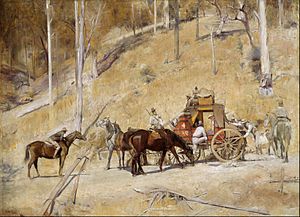
Jack Donahue was the first bushranger to have inspired bush ballads, including "Bold Jack Donahue" and "The Wild Colonial Boy". Ben Hall and his gang were the subject of several bush ballads, including "Streets of Forbes".
Michael Howe inspired the earliest play set in Tasmania, Michael Howe: The Terror! of Van Diemen's Land, which premiered at The Old Vic in London in 1821. Other early plays about bushrangers include David Burn's The Bushrangers (1829), William Leman Rede's Faith and Falsehood; or, The Fate of the Bushranger (1830), William Thomas Moncrieff's Van Diemen's Land: An Operatic Drama (1831), The Bushrangers; or, Norwood Vale (1834) by Henry Melville, and The Bushrangers; or, The Tregedy of Donohoe (1835) by Charles Harpur.
In the late 19th century, E. W. Hornung and Hume Nisbet created popular bushranger novels within the conventions of the European "noble bandit" tradition. First serialised in The Sydney Mail in 1882–83, Rolf Boldrewood's bushranging novel Robbery Under Arms is considered a classic of Australian colonial literature. It also cited as an important influence on the American writer Owen Wister's 1902 novel The Virginian, widely regarded as the first Western.
Bushrangers were a favoured subject of colonial artists such as S. T. Gill, Frank P. Mahony and William Strutt. Tom Roberts, one of the leading figures of the Heidelberg School (also known as Australian Impressionism), depicted bushrangers in some of his history paintings, including In a corner on the Macintyre (1894) and Bailed Up (1895), both set in Inverell, the area where Captain Thunderbolt was once active.
Film
Although not the first Australian film with a bushranging theme, The Story of the Kelly Gang (1906)—the world's first feature-length narrative film—is regarded as having set the template for the genre. On the back of the film's success, its producers released one of two 1907 film adaptations of Boldrewood's Robbery Under Arms (the other being Charles MacMahon's version). Entering the first "golden age" of Australian cinema (1910–12), director John Gavin released two fictionalised accounts of real-life bushrangers: Moonlite (1910) and Thunderbolt (1910). The genre's popularity with audiences led to a spike of production unprecedented in world cinema. Dan Morgan (1911) is notable for portraying its title character as an insane villain rather than a figure of romance. Ben Hall, Frank Gardiner, Captain Starlight, and numerous other bushrangers also received cinematic treatments at this time.
Alarmed by what they saw as the glorification of outlawry, state governments imposed a ban on bushranger films in 1912, effectively removing "the entire folklore relating to bushrangers ... from the most popular form of cultural expression." It is seen as a major reason for the collapse of a booming Australian film industry. One of the few Australian films to escape the ban before it was lifted in the 1940s is the 1920 adaptation of Robbery Under Arms. Also during this lull appeared American takes on the bushranger genre, including The Bushranger (1928), Stingaree (1934) and Captain Fury (1939).
Ned Kelly (1970) starred Mick Jagger in the title role. Dennis Hopper portrayed Dan Morgan in Mad Dog Morgan (1976). More recent bushranger films include Ned Kelly (2003), starring Heath Ledger, The Proposition (2005), written by Nick Cave, The Outlaw Michael Howe (2013), and The Legend of Ben Hall (2016).
Notable bushrangers
| Name | Lived | Area of activity | Portrait |
|---|---|---|---|
| Bluecap (alias of Robert Cotterell) | c. 1835–? | New South Wales |  |
| Matthew Brady | 1799–1826 | Van Diemen's Land | 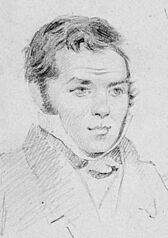 |
| Edward Broughton | 1803–1831 | Van Diemen's Land | |
| Mary Ann Bugg | 1834–1905 | Northern New South Wales | |
| Richard Burgess | 1829–1866 | New South Wales Victoria |
|
| Michael Burke | 1843–1863 | New South Wales | 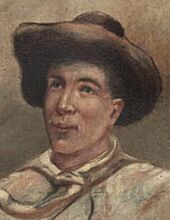 |
| Joe Byrne | 1857–1880 | North East Victoria | 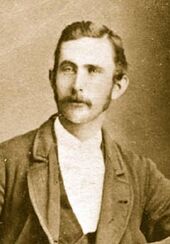 |
| John Caesar | 1764–1796 | Sydney area | |
| Captain Melville (alias of Frank McCallum) | c. 1823–1857 | Goldfields region of Victoria | |
| Captain Moonlite (alias of Andrew George Scott) | 1842–1880 | Victoria New South Wales |
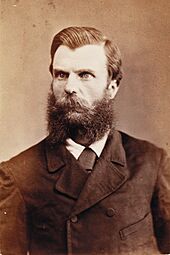 |
| Captain Starlight (alias of Frank Pearson) | 1837–1889 | New South Wales Queensland |
|
| Captain Thunderbolt (alias of Frederick Ward) | 1835–1870 | New South Wales | 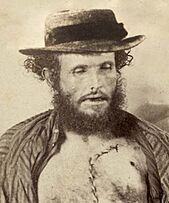 |
| Martin Cash | c. 1808–1877 | Van Diemen's Land | 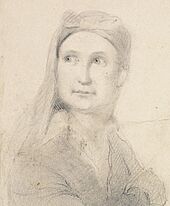 |
| Clarke brothers | 1840/1846–1867 | New South Wales | 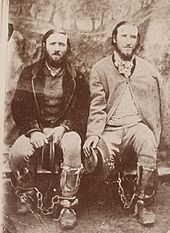 |
| George Clarke (alias "The Barber") | 1806–1835 | Liverpool Plains in New South Wales | |
| Patrick Daley | 1844–? | New South Wales |  |
| Edward Davis | ?–1841 | Northern New South Wales | |
| Jack Donahue | c. 1806–1830 | Sydney area | |
| Jack the Rammer (alias of William Roberts) | ?–1834 | South Eastern New South Wales | |
| John Dunn | 1846–1866 | Western New South Wales | 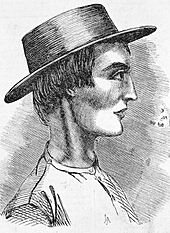 |
| Ralph Entwistle | c. 1805–1830 | New South Wales | |
| Joe Flick | c.1865–1889 | Gulf Country of Queensland | |
| John Francis | c. 1825–? | Goldfields region of Victoria | |
| Frank Gardiner | c. 1829–c. 1904 | Western New South Wales | 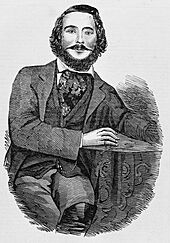 |
| John Gilbert | 1842–1865 | Western New South Wales | 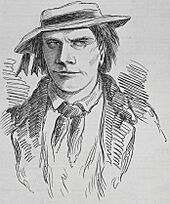 |
| Jimmy Governor | 1875–1901 | New South Wales |  |
| Ben Hall | 1837–1865 | Western New South Wales |  |
| Steve Hart | 1859–1880 | North East Victoria | 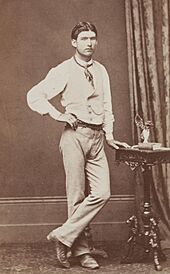 |
| Michael Howe | 1787–1818 | Van Diemen's Land | |
| Thomas Jeffrey | 1791–1826 | Van Diemen's Land | 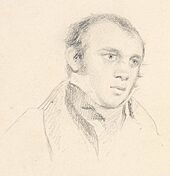 |
| George Jones | c. 1815–1844 | Van Diemen's Land | |
| Lawrence Kavenagh | c. 1805–1846 | Van Diemen's Land |  |
| Dan Kelly | c. 1861–1880 | North East Victoria | 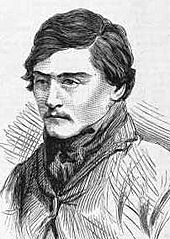 |
| Ned Kelly | c. 1854–1880 | North East Victoria | 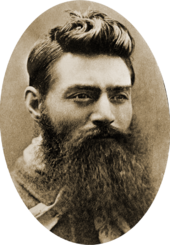 |
| Patrick Kenniff | 1865–1903 | Queensland | 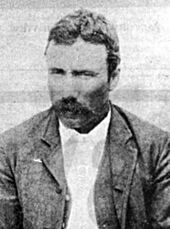 |
| John Kerney | c. 1844–1892 | South Australia | |
| Fred Lowry | 1836–1863 | New South Wales |  |
| John Lynch | 1813–1842 | New South Wales | |
| James McPherson | 1842–1895 | Queensland |  |
| Moondyne Joe (alias of Joseph Johns) | c. 1828–1900 | Western Australia | 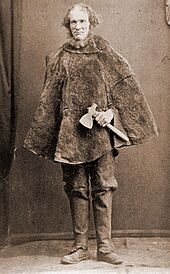 |
| Dan Morgan | c. 1830–1865 | New South Wales | 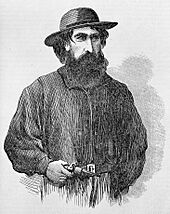 |
| Musquito | c. 1780–1825 | Van Diemen's Land | 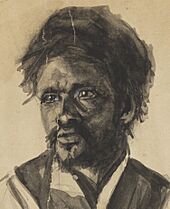 |
| James Nesbitt | 1858–1879 | New South Wales | |
| John O'Meally | 1841–1863 | New South Wales | |
| George Palmer | c. 1846–1869 | Queensland | 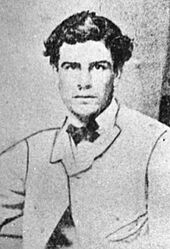 |
| Alexander Pearce | 1790–1824 | Van Diemen's Land | 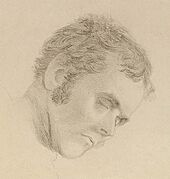 |
| John Peisley | 1834–1862 | New South Wales | |
| Sam Poo | ?–1865 | New South Wales | |
| Harry Power | 1819–1891 | North East Victoria | 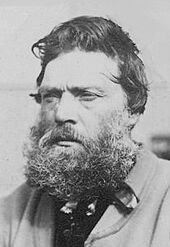 |
| Rocky (alias of John Whelan) | c. 1805–1855 | Van Diemen's Land | |
| Owen Suffolk | 1829–? | Victoria | |
| John Tennant | 1794–1837 | New South Wales | |
| John Vane | 1842–1906 | New South Wales | 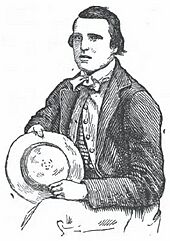 |
| Wild Toby | c. 1840–1883 | Queensland | |
| William Westwood | 1820–1846 | New South Wales Van Diemen's Land |
 |
Images for kids
-
Convict artist Joseph Lycett's 1825 painting of the Nepean River shows a gang of bushrangers with guns.
-
Watched by hundreds of onlookers in the surrounding hills, troopers engage in their final gunfight with Captain Moonlite's gang in 1879.
-
Tom Roberts' 1895 painting Bailed Up depicts a Cobb & Co hold up from the 1860s.
See also
 In Spanish: Bushranger para niños
In Spanish: Bushranger para niños


